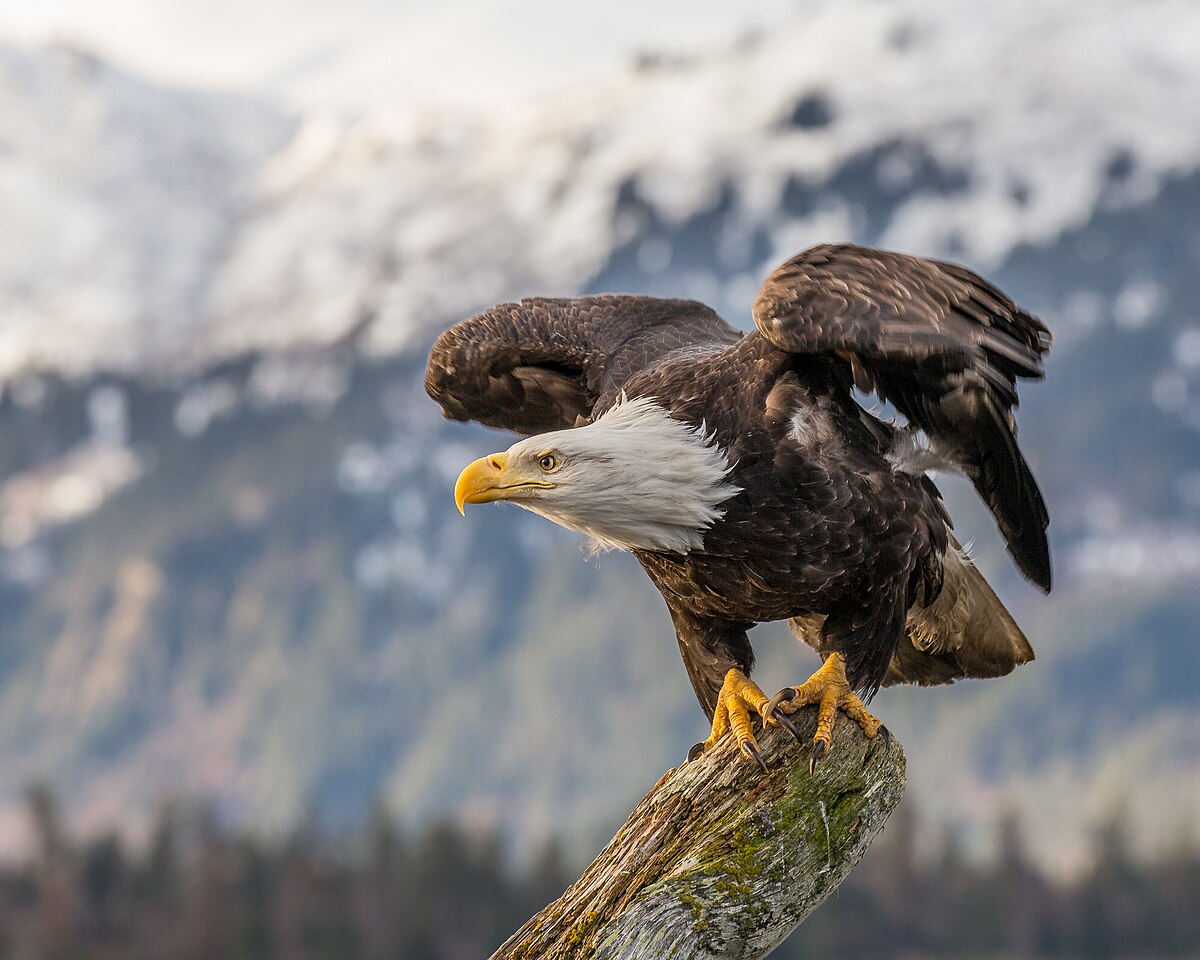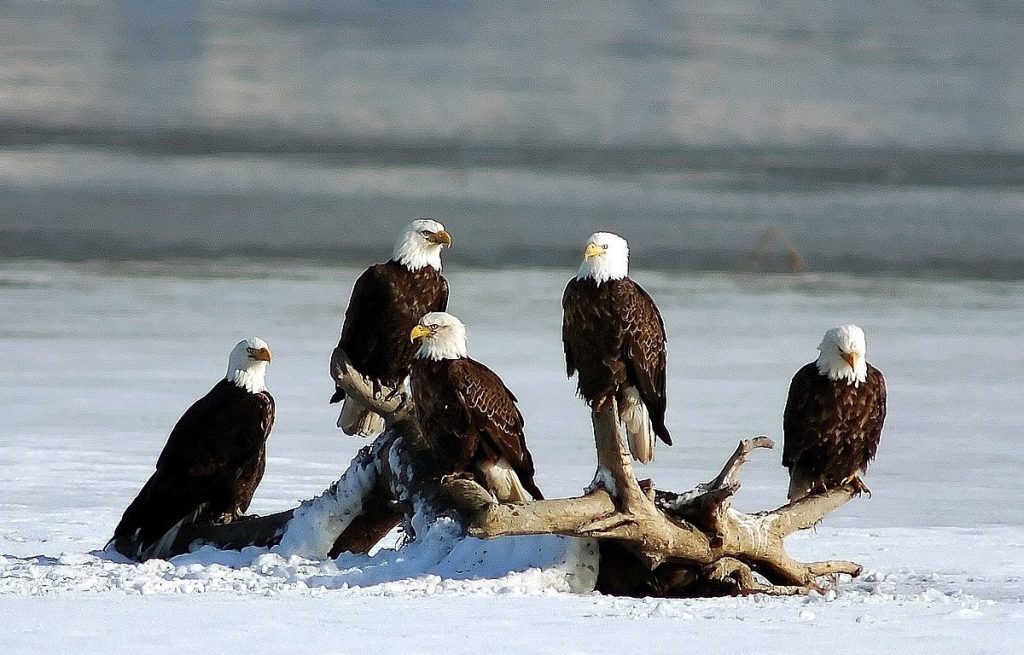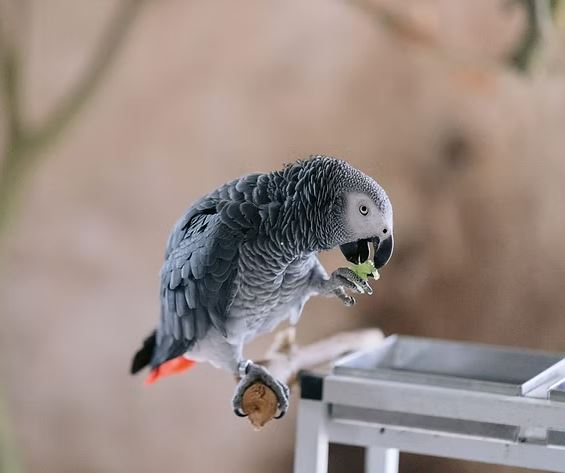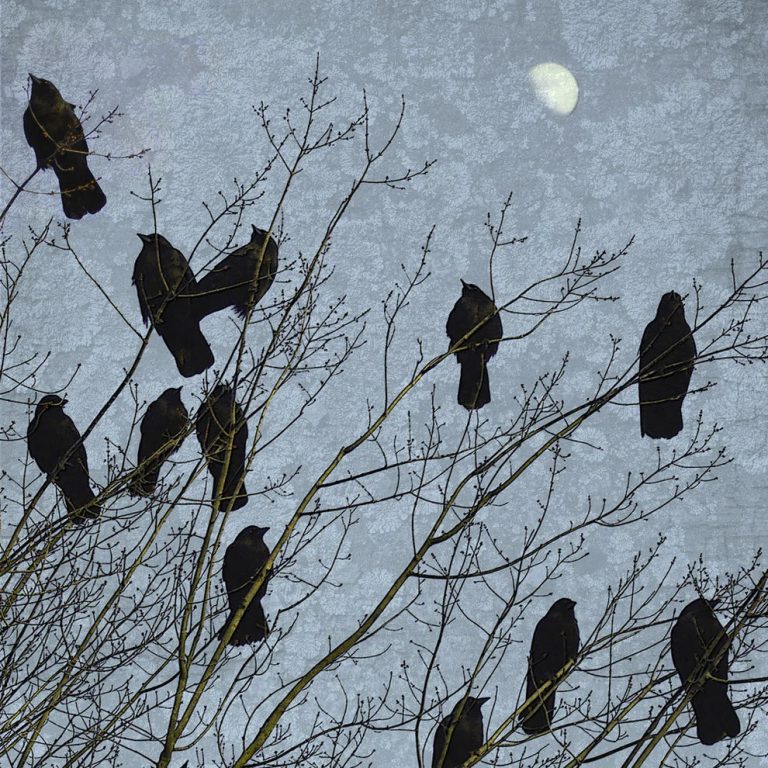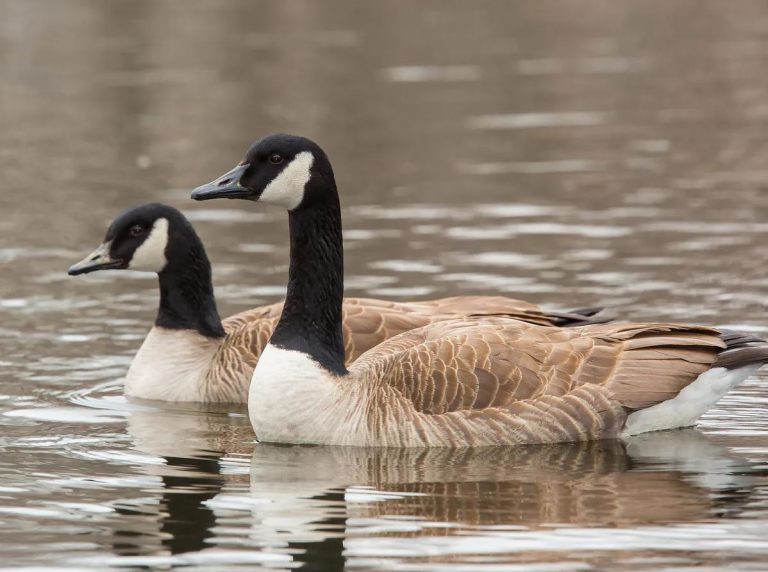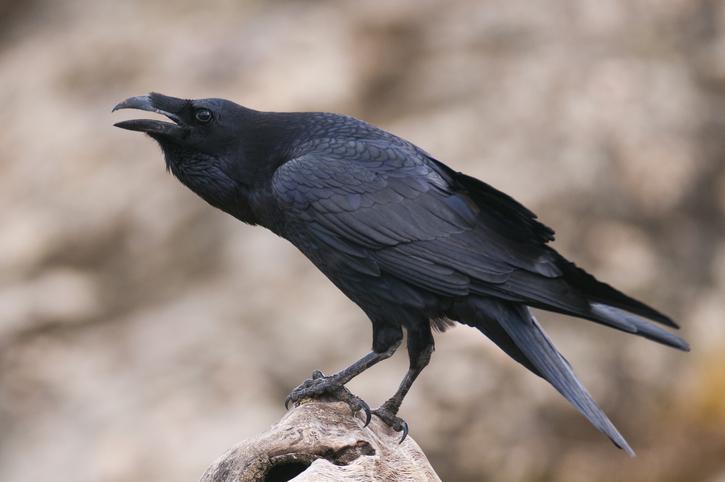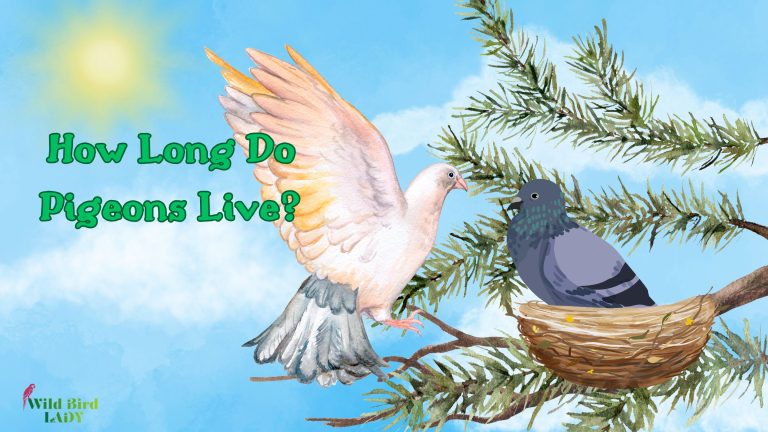Why is the Bald Eagle Called Bald? The Truth Behind America’s Bird
Introduction: A Patriotic Mystery in Feathers
Every American has seen the Bald Eagle – perched on a dollar bill, soaring above national parks, or immortalized in bronze across federal buildings. As the official national bird of the United States since 1782, the Bald Eagle is a fierce emblem of strength, freedom, and courage.
But here’s the twist: Bald Eagles aren’t bald. Not even close. So why on earth are they called “bald”? This question has perplexed not only birdwatchers and linguists but also crossword solvers recently, when the clue “’Bald’ bird” appeared in the NYT Mini Crossword (June 4, 2025), prompting a spike in online searches.
In this article, we’ll dive deep into the origin of the name, explore the Bald Eagle’s symbolic role in American history, examine its biology and behavior, and understand why this bird continues to fascinate us.
The Linguistic Origin of “Bald” in Bald Eagle
The confusion begins with language. Today, “bald” means hairless. But back in the 17th century, “bald” had a different connotation. It originally meant “white,” particularly when referring to animals.
The word likely derives from the Old English word bæld, meaning “white patch” or “marked with white.”
So when early European settlers in North America saw this large, majestic raptor with a brilliant white head and tail contrasting its dark brown body, they described it as a “bald eagle” – essentially meaning a white-headed eagle.
This older definition survives in certain phrases like “bald-faced lie,” which also implies something stark or boldly visible, not necessarily hairless.
The Bald Eagle in American History
In 1782, the Bald Eagle was officially chosen as the national emblem of the United States. But why this bird, and not another?
At the time, the newly independent American colonies sought a symbol that represented their ideals and identity. The Bald Eagle stood out for several reasons:
- Uniquely American: The Bald Eagle is found only in North America, making it a truly native species to the new nation.
- Majestic Appearance: With a wingspan reaching up to 7.5 feet, piercing yellow eyes, and powerful talons, the eagle embodied a fierce and noble spirit.
- Symbolic Traits: The eagle has long been associated with attributes like courage, freedom, independence, and strength – qualities that aligned perfectly with the vision of the United States.
The Continental Congress eventually approved the design of the Great Seal of the United States, which prominently features a Bald Eagle. In its talons, the eagle clutches an olive branch (a symbol of peace) in one claw and a bundle of arrows (representing readiness for war) in the other. This dual symbolism reflects the nation’s desire for peace, but willingness to defend its freedom.
However, not everyone was on board. One notable dissenter was Benjamin Franklin, who famously criticized the eagle’s character. In a 1784 letter to his daughter, Franklin wrote:
“He is a Bird of bad moral Character. He does not get his Living honestly… too lazy to fish for himself.”
Franklin instead proposed the wild turkey, which he considered a more respectable bird and a “true original native of America.”
In hindsight, Franklin’s argument may have some charm, but the powerful image of the Bald Eagle eventually won out – and has remained a core part of American identity ever since.
Anatomy and Appearance: Not Bald at All
Here are some standout physical features of the Bald Eagle:
- White head and tail feathers: Developed fully by age 4–5, giving the adult eagle its iconic look.
- Dark brown body and wings: A rich, chocolate tone that provides contrast.
- Yellow beak and feet: Strong and sharp for grasping prey.
- Size: Wingspan up to 7.5 feet; body length around 2.5 to 3 feet.
So the term “bald” describes the white head, but the bird is far from featherless.
I’ve written a detailed article about juvenile Bald Eagles that you can check out [here].
Behavior and Habitat
The Bald Eagle is a bird of prey (raptor), and its habits are as striking as its looks.
- Diet: Primarily fish, but also waterfowl, carrion, and small mammals.
- Hunting style: Uses keen vision to spot prey from high above, then dives to snatch with powerful talons.
- Nesting: Builds massive nests (up to 13 feet deep!) in tall trees near bodies of water.
- Mating: Monogamous, often mating for life.
- Range: Found throughout North America, from Alaska and Canada down to northern Mexico.
The Bald Eagle’s Comeback Story
In the mid-20th century, the Bald Eagle faced severe decline due to:
- DDT pesticide: Weakened eggshells, leading to reproductive failure.
- Habitat destruction
- Illegal shooting
By 1963, only 417 nesting pairs remained in the continental U.S. The species was listed as endangered.
Thanks to:
- The banning of DDT (1972)
- Strong conservation efforts
- The Endangered Species Act
… the Bald Eagle made a triumphant recovery and was removed from the endangered list in 2007. Today, there are over 300,000 individuals across North America.
Pop Culture and Patriotism
The Bald Eagle is deeply embedded in American iconography:
- Currency: Featured on the quarter and half-dollar.
- Government Seals: Every branch of the U.S. military includes the eagle.
- Sports Teams: From the Philadelphia Eagles (NFL) to school mascots.
- Movies and Ads: Often used to symbolize freedom and power.
This symbolism further fuels interest in the eagle, especially during patriotic holidays like the Fourth of July or Memorial Day.
The Crossword Connection
The NYT Mini Crossword clue “’Bald’ bird” on June 4, 2025, caused a noticeable spike in searches about the Bald Eagle. It caught people off guard: Why would a bird that clearly has feathers be called bald?
This is a great example of how a simple puzzle clue can ignite curiosity and drive traffic. Tags like NYT Mini Crossword, crossword clue, and bird-related crossword are becoming important SEO niches, especially for educational or nature-focused sites.
If you’re creating crossword content, birding trivia, or nature education material, referencing real-time crossword trends can give your work a timely edge.
Fun Facts About the Bald Eagle
- Juvenile Bald Eagles are all brown and easily mistaken for Golden Eagles.
- Their scream in movies is usually dubbed with the call of a Red-tailed Hawk.
- Eagles can soar up to 10,000 feet in the air and fly 30-40 mph.
- They use thermal updrafts to glide long distances with minimal effort.
- Their eyesight is 4–8 times better than humans.
FAQs About Bald Eagles
Q: Are Bald Eagles actually bald?
A: No. The name comes from an old word meaning “white-headed.”
Q: Where can I see Bald Eagles in the wild?
A: Near lakes, rivers, and coastal areas – especially in Alaska, Florida, and the Pacific Northwest.
Q: How long do Bald Eagles live?
A: In the wild, up to 20-30 years; longer in captivity.
Q: What does a Bald Eagle sound like?
A: A series of high-pitched whistles – not as majestic as you’d expect!
Conclusion: More Than Just a Puzzle Clue
The Bald Eagle is more than a crossword answer or a national mascot. It’s a living symbol of resilience, once nearly extinct, now soaring high thanks to human effort and care.
So the next time someone asks, “Why is the Bald Eagle called bald?”, you can smile and explain the story – a mix of old English, natural beauty, patriotic pride, and yes, maybe even a little crossword trivia.

